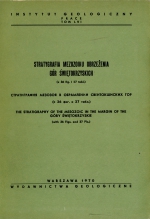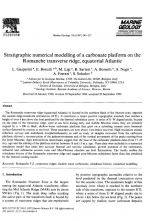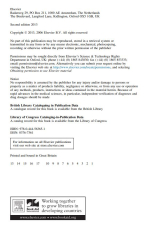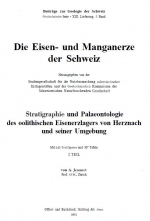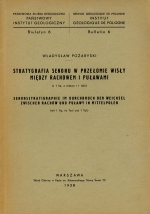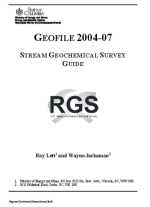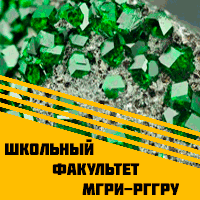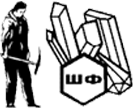Góry Świętokrzyskie powstałe w paleozoicznych epokach tektonicznych były wielokrotnie zalewane częściowo lub całkowicie przez morza permu, triasu, jury i kredy. Osady morskie i lądowe przykrywały je i były denudowane wicie razy. Erozja działała najintensywniej w centrum gór. Osady pozostały w miąższych i ciągłych seriach jedynie na peryferii górotworu. Dziś skały mezozoiczne otaczają z północy, zachodu i południa centralną, najwyżej wyniesioną część Gór Świętokrzyskich stanowiącą obszar wychodni skał paleozoicznych. Pokrywa mezozoiczna położona wokół wychodni paleozoiku jest nazywana otoczką mezozoiczną Gór Świętokrzyskich. Nie jest ona zaburzona tak silnie przez ruchy górotwórcze jak skały z przed okresii góro-twórczości waryscyjskiej. Jednak ruchy epoki tektonicznej alpejskiej dotknęły ją dość silnie, szczególnie od strony południowo-zachodniej i na jej peryferiach północno-wschodnich. Były to ruchy starokimeryjskie, młodokimeryjskie, subhercyńskie i laramijskie. Najsilniejsze były te ostatnie. Spowodowały one ostateczne wydźwignięcie się całego antyklinorium środkowopolskiego, do którego należą Górj- Świętokrzyskie wraz z otoczką mezozoiczną.
Tworzenie się osadów ery mezozoicznej na terenie gór i w ich otoczeniu warunkowane było przez trzy zasadnicze rysy. Pierwsze to położenie Gór Świętokrzyskich wTaz z ich otoczeniem w obrębie parageosynkliny duńsko-polskiej (W. Pożaryski, 1959) obrzeżającej od południowego zachodu platformę wschodnioeuropejską. W części pozakar-packiej parageosynklina była żywa głównie w permie i mezozoiku, kiedy wykazywała ogólną tendencję przegłębienia, które dochodziło maksymalnie w tym czasie w sumie do około 10 000 m. Drugi rys to przejawienie stałej tendencji wydźwigania obszaru centralnego Gór Świętokrzyskich podczas trwania sedymentacji mezozoicznej. Trzecie to związanie w starszym mezozoiku (trias i lias) obszaru Gór Świętokrzyskich z tarczą ukraińską, a rozerwanie tej łączności w młodszym mezozoiku, od doggeru począwszy przez zalanie obszaru synklinorium brzeżnego położonego na wschód od Gór Świętokrzyskich .
W rezultacie takiego układu budowy i czynników działających centralna część Gór Świętokrzyskich obecnie jest pozbawiona osadów mezozoicznych, a kiedyś musiała być nimi przykryta. Maksymalne miąższości tych osadów nie znajdowały się jednak w osi parageosynkliny na jej odcinku świętokrzyskim, a na pograniczu antyklinorium środkowopolskiego i synklinoriów obrzeżających go od NE i SW. Wobec częściowego na całej długości antyklinorium, a w Górach Świętokrzyskich całkowitego zdenudowania mezozoiku, trudno jest określić gdzie przebiegała, czy też przebiegały osie basenów sedymentacyjnych we wszystkich momentach permu, triasu, jury i kredy.



